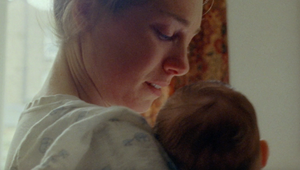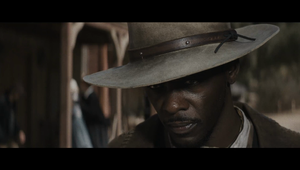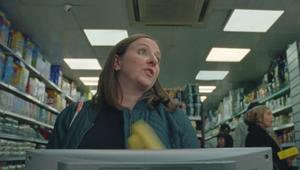
Words Animate Worlds in ‘Bring a Book to Life’

In ‘Bring a Book to Life’, the latest campaign from Droga5 London, part of Accenture Song, for Amazon Books, we’re taken on a visual adventure that every reader engages in as they make their way through thrillers, romances, and historic adventures. It’s an evolution of Droga 5’s first campaign, ‘That Reading Feeling Awaits’, which “helped raise reading intent, and increased our effectiveness through the funnel,” says Larry Seftel, group creative director. Building on that foundation was an aim for the agency and the brand, with the Droga5 team focused on “what the reading feeling actually was, and what made reading so unique compared to other media we can consume,” he adds.
“What is that invisible magic?,” the team asked about the specificity of reading, and the internal discussions “homed in on the idea of readers being the co-creators of these stories since books are nothing without their readers,” Larry explains.
The idea is explored visually in a hero film directed by Steve Rogers (and produced by Biscuit), where a reader finds themselves amid a book’s action, be that on the battlefield or in a car chase as the act of reading literally creates and propels the narrative around them. Until, that is, they pause or are interrupted and the story stalls, ready to be reanimated when the book is opened once more. Accompanying the campaign are six OOH posters with unique designs, and a humorous set of radio ads featuring the voice of Jonathan Hyde.
When looking for the right director for a film with such epic ambitions, the team wanted someone with exceptional attention to detail and Steve Rogers more than fit the bill. “Steve is probably best known for his comedy work,” Larry notes, “but the worlds he builds in his films are always rich, meticulous, and totally convincing. The performances he extracts from his actors are also always subtle and surprising. And he is very much a reader. The alchemy was perfect.”
‘That Reading Feeling’ had a sharp focus “on the richness of the worlds you create when imagination meets the words of a book” and running that campaign for two years “was incredibly effective in reminding people of the uniqueness of reading over other forms of media, but to evolve this campaign we wanted to focus on the key motivator to read: that you are responsible for bringing the world to life around you, and that feeling itself being a far more thrilling entertainment experience,” says Larry.

The insight – that books need readers – came from a somewhat surprising yet highly contemporary place. “It kind of came from the idea, very loosely, of brain rot,” Larry reports. “People do a tonne of stuff which is passive. We just sit back and absorb.”
Reading in this instance was the antithesis of brain rot activity. “With reading, we actively participate in creating the worlds we enjoy. The relationship between the written word and the reader is unique in the arts. That led to the question, when you’re not reading, what are book characters doing? Nothing. They’re just paused, asleep, waiting for you to bring them to life,” he says.
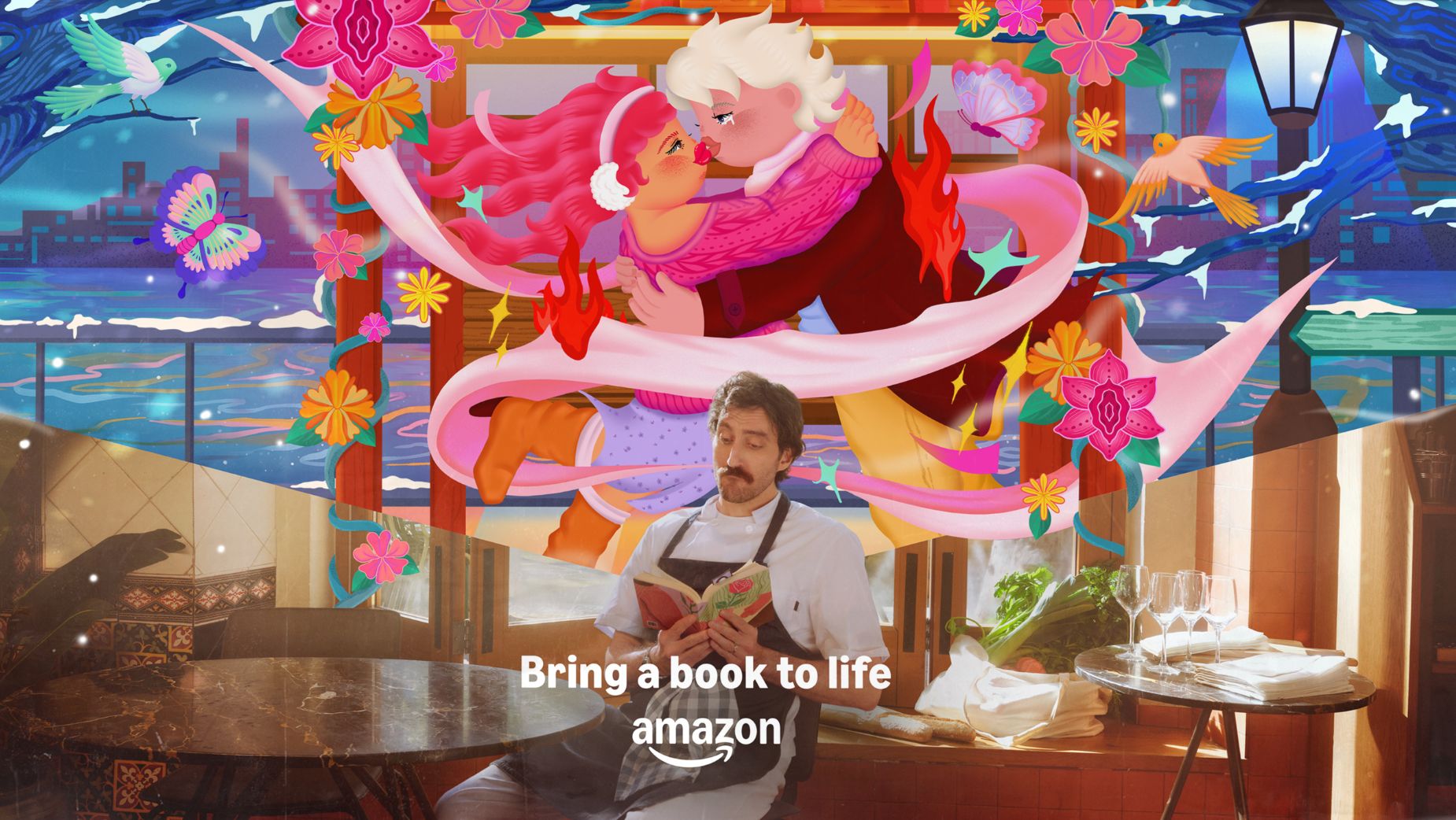
The team worked closely with Amazon to look at the most popular genres of books and “then made sure we had a balance in terms of filmmaking. Loud scenes, quiet scenes, action, love, intrigue, horror,” says Larry, adding “particularly, we knew the first and last scene had to be explosive, so we went through a lot of war-type genres, settling on feudal Japan.”
Representing different genres on screen with accuracy, style, and imagination was a priority for the team and Steve as “we were very conscious that we were trying to show the feeling of reading a book in a totally different medium,” Larry says. Working closely with Steve, they looked for filmic techniques “that leant themselves to books over cinematic ones. Steve’s idea was to build each scene with details, mimicking the feeling of reading, and not to rely on the more filmic wide shots to tell the story. Hence a painstaking focus on art department, scene detail and costume. And locking of the frame to let the scenes play out, as they do when you bring a book to life.”
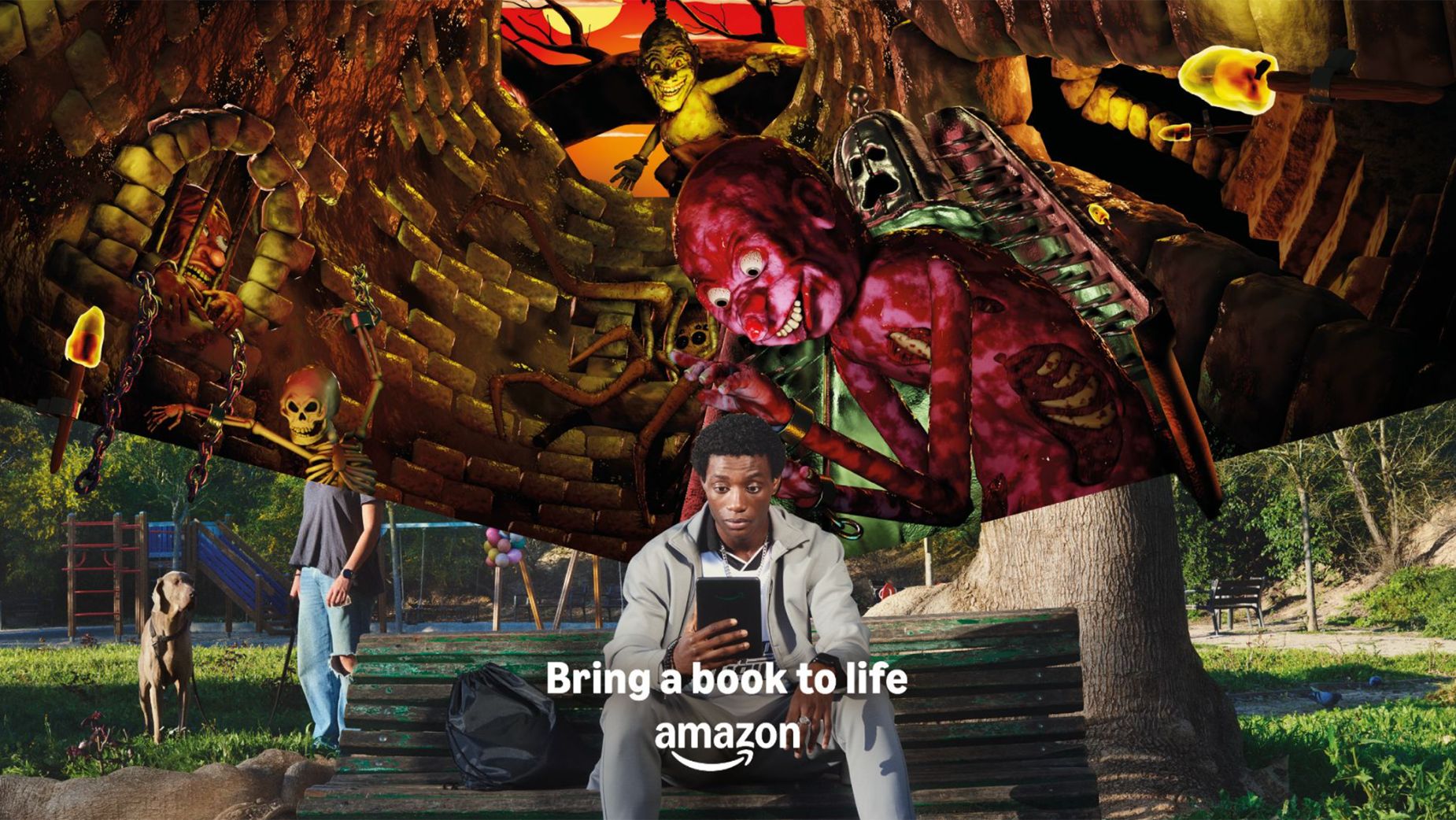
The OOH transformed literary genres’ most visual elements into singularly eye-catching designs by focusing on one genre at a time. “It felt right to give each execution its own personality and expression,” says Larry. Rather than go for a unified aesthetic across every design, the team wanted to highlight differences. They turned to six illustrators – Luis Mazon, Wei Wu, Sam Lyon, Chrome & Lightning, Jake Cormack, and Jordan Speer – each working with a different genre and different briefs, to create six unique posters. “Using illustration allowed us to capture the feeling of reading as well as imply the unique imaginative world created by each reader,” Larry explains.
The campaign was rounded off with a radio ad though the team “originally didn’t think the idea would work on radio with it being so visual,” says Larry. In fact, it wasn’t even part of the original strategy. “But it was a really interesting challenge. Radio often works best as comedy, and there was something funny about a character just waiting for you as you go about your day.”
The team cast Jonathan Hyde to be the VO artist. “[He] is among the best actors in England, and his voice has a storyteller quality that’s both serious and ironic,” says Larry of the decision. The radio ads feature a samurai with a blood feud, a sexy vampire prince, and mouldy submarine crew. All wait patiently to come to life as soon as readers are done with their menial, everyday tasks.
Larry says that the “constraint of showing the uniqueness of reading in the environments of other media” was a real challenge for the team. “How can you show the fullness of imagination in traditional film, or design?” he asks. Yet this core tension was “an ambition that shaped the entire campaign.”
For Larry, a highlight of working on this campaign was seeing such a wide range of talent come together to translate the act of reading into other mediums, and make the core creative idea a well-crafted, inspirational reality. “Quite often you work with one or two people to create the final pieces, but here you could really feel the different takes and skills from director, to VO artists to illustrators and animators, each putting a bit of themselves into the campaign.”











